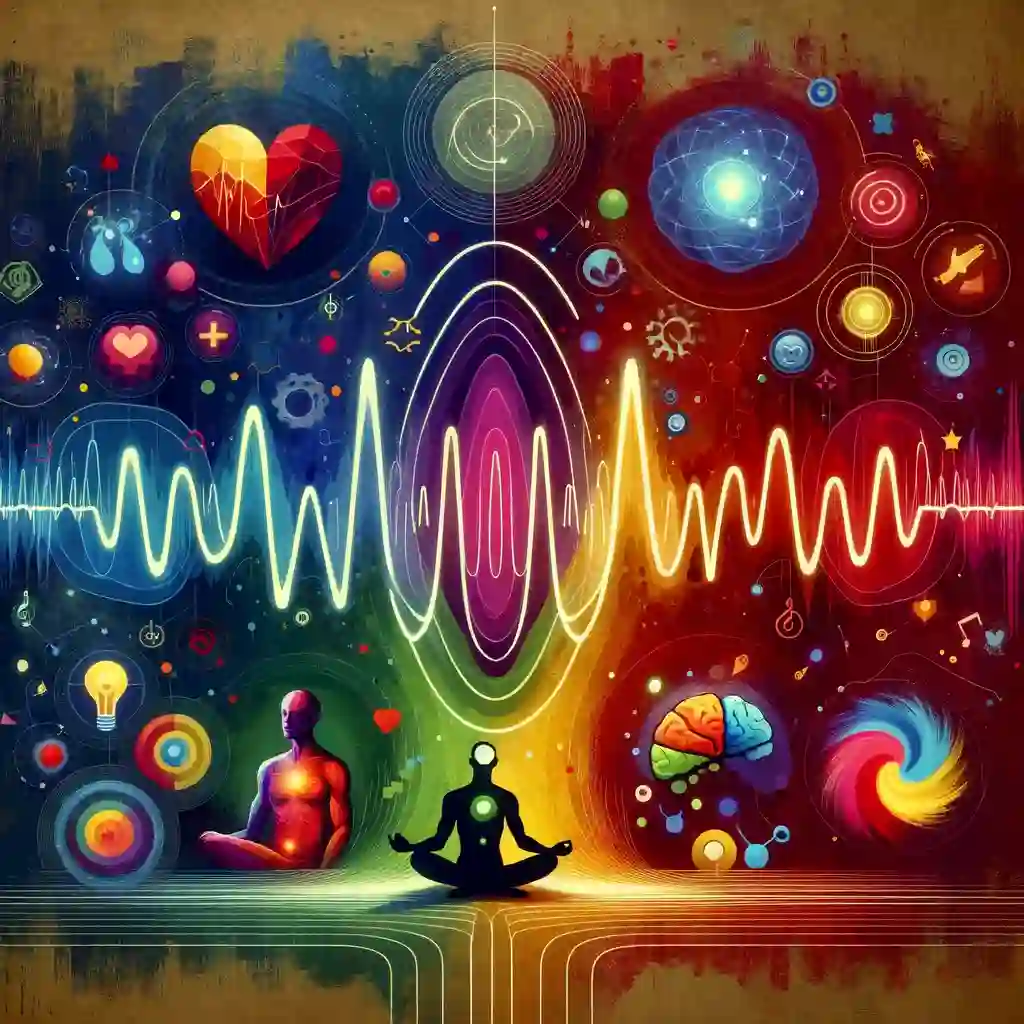The concept of biorhythms captivates those seeking deeper self-awareness and harmony with the natural cycles governing human existence. Central to biorhythm theory are three primary cycles: Physical, Emotional, and Intellectual, each weaving through our lives in unique patterns, influencing our energy, mood, and cognitive abilities. This blog post delves into the intricate dance of these biorhythms, offering insights into how tuning into these natural fluctuations can enhance our well-being and decision-making.
Physical Biorhythm: The Cycle of Vitality
The Physical biorhythm operates on a 23-day cycle, ebbing and flowing through phases of high energy and recuperation. It governs our physical strength, stamina, coordination, and overall health.
- High Phase: During the positive phase of the Physical biorhythm, you may feel at your peak in terms of energy and physical readiness. It’s an opportune time to engage in demanding physical activities, tackle challenging tasks, and push your limits.
- Low Phase: Conversely, the negative phase signifies a time for rest and recovery. Your physical resilience might be lower, making you more susceptible to fatigue and less responsive to strenuous exercise. It’s a period to be cautious of physical exertion and to prioritize rest.
- Critical Days: The transition days between high and low phases are known as critical days, during which physical coordination and energy levels may be unpredictable. It’s wise to avoid high-risk physical activities during these times.
Emotional Biorhythm: Navigating the Seas of Sentiment
Flowing through a 28-day cycle, the Emotional biorhythm charts the highs and lows of our emotional landscape, affecting our mood, empathy, creativity, and emotional resilience.
- High Phase: When the Emotional biorhythm is in its positive phase, you might experience heightened emotional well-being, increased empathy, and a greater capacity for creative expression. It’s a period ripe for emotional connection, artistic pursuits, and enjoying the richness of life’s experiences.
- Low Phase: The negative phase can bring about emotional sensitivity, moodiness, or a sense of emotional withdrawal. During these times, it’s crucial to practice self-care, seek supportive connections, and allow yourself space to navigate your emotions gently.
- Critical Days: The crossover points between the high and low emotional phases are moments of emotional instability. It’s advisable to avoid making significant emotional decisions or engaging in situations that could be emotionally charged during these times.
Intellectual Biorhythm: The Mind’s Ebb and Flow
The Intellectual biorhythm, with its 33-day cycle, influences cognitive functions such as analytical thinking, memory, problem-solving, and decision-making.
- High Phase: During the peak of the Intellectual biorhythm, mental acuity is sharpened. It’s an excellent time for intellectual endeavors, learning new skills, problem-solving, and making important decisions that require clear thinking.
- Low Phase: The trough of this cycle may manifest as mental fog, indecisiveness, or a diminished capacity for complex cognitive tasks. It’s a period to be mindful of cognitive overload and to engage in activities that are mentally rejuvenating rather than taxing.
- Critical Days: The transition days between intellectual highs and lows are marked by potential cognitive unpredictability. It’s wise to approach tasks requiring high mental clarity with caution and to postpone significant decisions if possible.
Embracing the Rhythmic Flow
Understanding and respecting the nuances of your Physical, Emotional, and Intellectual biorhythms can offer a roadmap to navigating life with greater ease and alignment. By planning activities, rest, and decision-making in harmony with these natural cycles, you can optimize your well-being, creativity, and productivity.
Conclusion: Syncing with Life’s Innate Rhythms
The dance of the Physical, Emotional, and Intellectual biorhythms underscores the profound interconnectedness between our inner worlds and the universal cycles that envelop us. By attuning to these rhythms, we learn to flow with life’s inherent fluctuations, embracing the highs as periods of growth and the lows as opportunities for rest and introspection. In the grand symphony of existence, understanding our biorhythms is akin to finding our unique tempo, allowing us to move through life with grace, resilience, and harmony.

